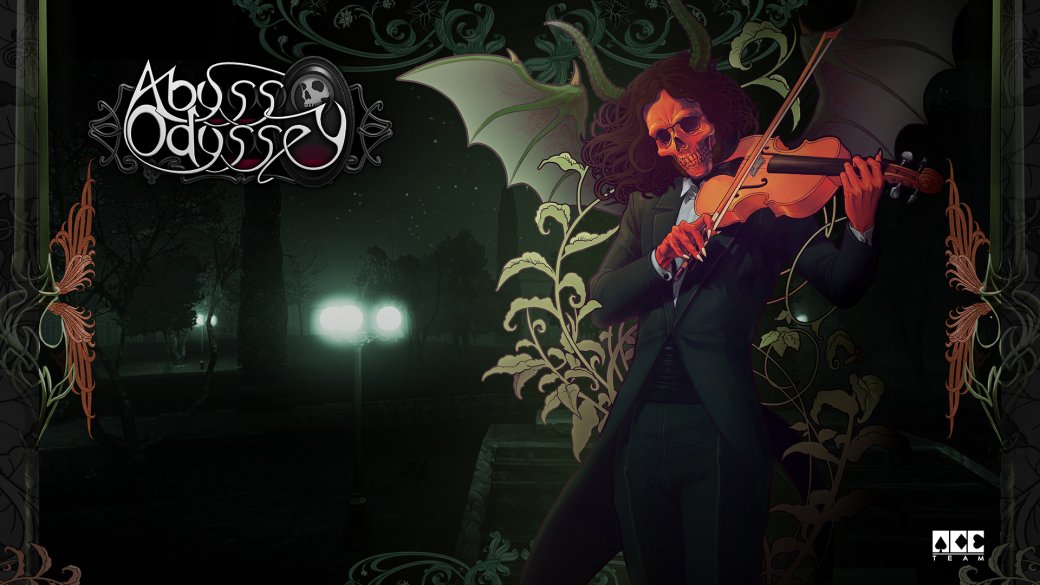Aporia: Beyond The Valley (Aporia) is Myst. By that, I’m sure you can picture a first-person game heavy on exploration and atmosphere with some puzzle solving mechanics, but in almost every regard it’s just a modern take on Myst. The forlorn emptiness of the world prevents it from feeling like a modern-day walking simulator (like Firewatch or Gone Home). No Aporia is an extremely retro game, drawing influence from past classics.
To say too much about the story of Aporia is to ruin the thrill of discovery. You awaken in a mysterious liquid, in a mysterious room, in a ruined city. You walk around, and wordlessly learn a bit about what happened here. Sometimes you pick up the story through environmental details – I found myself pondering a large skeleton clutching a small skeleton for longer than I intended. Sometimes you watch a silent animation, projected onto a wall, usually involving a bird headed figure.
Aporia is a very lonely game. Loneliness is a feeling video games can capture fairly easily, and Aporia effortlessly makes you feel like the last being on the planet. Unfortunately, it never really does much with that feeling. Isolating the player could be a way to build horror and dread, forcing you to ask if you are really alone. Or maybe isolation is used to force the player to double down on the few interactions they do have. As it stands though, the loneliness of Aporia is both a means and an end, the point of the game and the way the game makes its point.
______________________________
“It’s beautiful and enchanting. If only there was something more to do there.”
Of course, that would make more sense if the puzzles were challenging. I found myself thinking about The Witness a lot, a simple game that places you in a similarly foreboding and empty place but occupies you with brain-bending riddles. As it stands, the puzzles of Aporia are pretty rudimentary. The main mechanic of the game is a golden rod you receive in the opening. The rod acts as a flashlight, a key, and pretty much whatever the game needs it to be. You place it in pedestals to open doors, projectors to activate stories, and all of the weird contraptions of Aporia. Sometimes you just need to plug the rod into the right hole, sometimes you need to move it around some. It’s a fairly simple mechanic. The only semblance of challenge comes from a gold fluid that is never named in the game, and I took to calling “da juice.” For the rod to function, you have to keep it full of da juice, and refills are hidden throughout the environment. This is, on the one hand, an intelligent mechanic – it forces you to do more exploring, which is what the game is all about.
On the other hand, Aporia doesn’t really give you guidance or a motivation. You’re exploring so you can do more exploring. The city is empty because the game wants you to feel lonely. What’s it all for? Are you trying to escape the city? Figure out how it was destroyed? Figure out how its people lived before they were all reduced to dust? These questions weren’t enough to hold my attention. There wasn’t a sense of progress, beyond, “I wonder what’s over there?” The answer every single time was a pretty, empty lake, or tree house, or cave. Aporia is quite pretty, making the most out of lighting bloom effects, and contrasted colors. I know there are people who are looking for a silent escape, a game that will help them get lost in a fantastical world, with little pressure from objectives. Those people will find that in Aporia and then some.
One place where Aporia stands out though is the controls. You’re placed in a pretty standard first-person configuration (you can’t see your feet), but the interactables have a tactile weight to them. A rope powered elevator is operated by clicking and dragging the rope. You can feel the resistance as you muscle your way to the top. Same goes for flicking a switch or spinning a crank- you never just click something, there’s always a nicely animated motion that helps capture a particular sensation.
So while Aporia may not be for everyone, those hardcore Myst enthusiasts will find a lot to like. It’s got the bare bones of a decent puzzle/exploration game, and it’s got atmosphere for miles. The controls, the graphics, and the level design effectively transport the player to a desolate world. It’s beautiful and enchanting. If only there was something more to do there.




